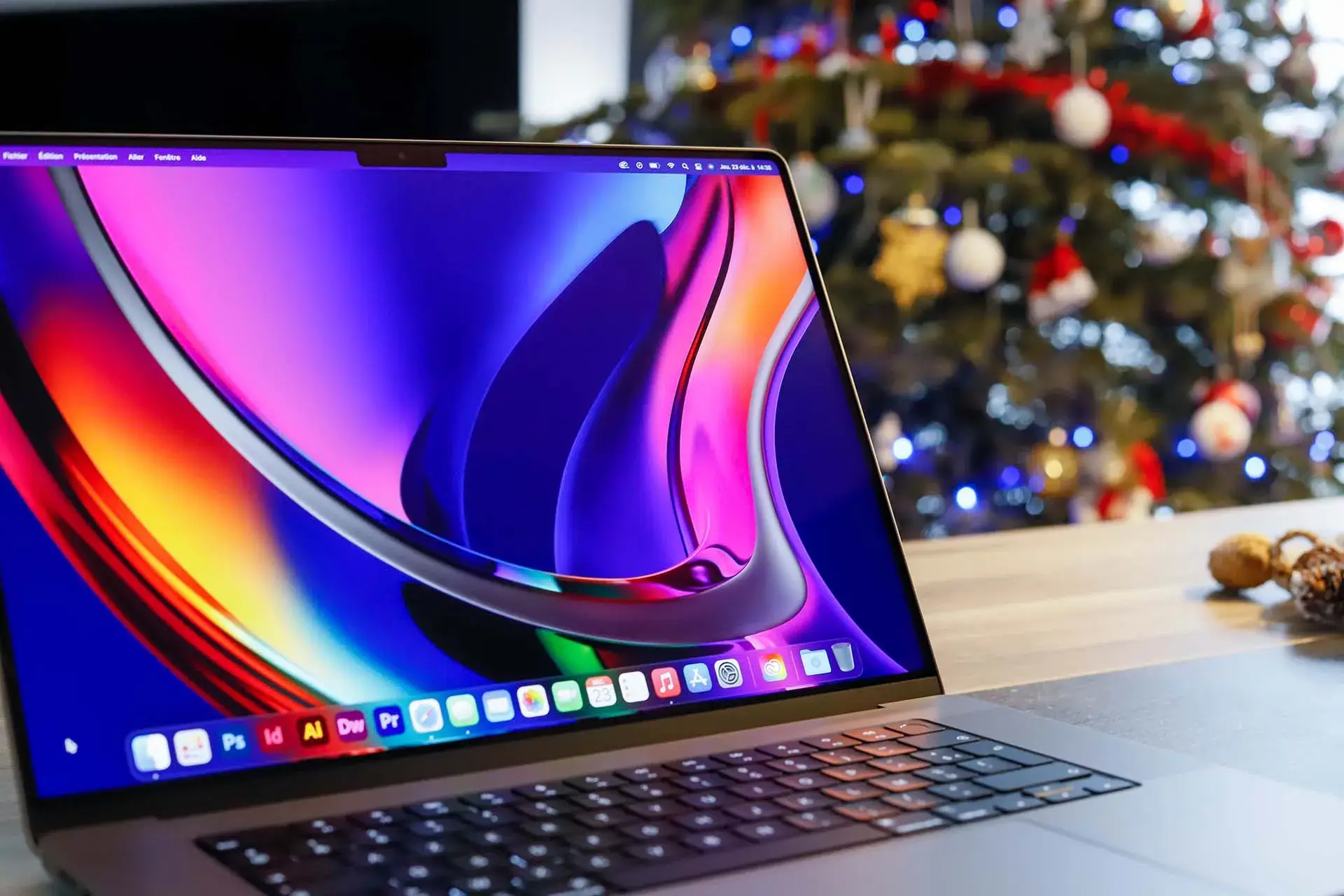Install GLPI Using Docker Compose

This article is for those looking for a detailed and straightforward guide on installing GLPI using Docker Compose.
GLPI is an open source IT Asset Management, issue tracking system and service desk system. This software is written in PHP and distributed as open-source software under the GNU General Public License. GLPI is a web-based application helping companies to manage their information system.
💾 You can find the repository used in this guide on GitHub.
NOTEWe’ll use Traefik as our reverse proxy. It’ll handle obtaining cryptographic certificates from Let’s Encrypt for your domain names and route requests to the corresponding services based on those domains.
CAUTIONRemember that without a secure connection, the services will not work.
CAUTIONTo obtain cryptographic certificates, you will need A-type records in the external DNS zone, which point to the IP address of your server where Traefik is installed. If you have created these records recently, you should wait before starting the installation of the services. Full replication of these records between DNS servers can take from a few minutes to 48 hours or even longer in rare cases.
IMPORTANTDocker Engine and Docker Compose must be installed on the server.
For a step-by-step guide on installing Docker Engine on Ubuntu Server, see Install Docker Engine and Docker Compose on Ubuntu Server
IMPORTANTOpenSSH must be installed on the server, and port 22 must be open in order to be able to connect to the server using the SSH protocol.
To install OpenSSH on the server you can use the command:
sudo apt install openssh-serverNOTETo connect to the server from a Windows system, you can use tools like PuTTY or MobaXterm.
NOTEThis guide walks you through connecting to a server with the iTerm2 terminal emulator on macOS.
CAUTIONYou will need to open the following TCP ports for access to the services:
- TCP port 80 - to obtain a free cryptographic certificate through the Let’s Encrypt certification center.
- TCP port 443 - to access the GLPI web interface.
We connect to the server on which GLPI is planned to be installed.
Now it is necessary to create networks for your services.
We create a network for Traefik using the command:
docker network create traefik-network
We create a network for GLPI using the command:
docker network create glpi-network
Next, you need to clone the repository that contains the configuration files, which include all the necessary conditions for GLPI to work.
You can clone the repository using the command:
git clone https://github.com/heyvaldemar/glpi-traefik-letsencrypt-docker-compose.git
Navigate to the directory with the repository using the command:
cd glpi-traefik-letsencrypt-docker-compose
Next, you need to change the variables in the .env file according to your requirements.
IMPORTANTThe
.envfile should be in the same directory asglpi-traefik-letsencrypt-docker-compose.yml.
Now let’s start GLPI with the command:
docker compose -f glpi-traefik-letsencrypt-docker-compose.yml -p glpi up -d
To access the GLPI management panel, go to https://glpi.heyvaldemar.net from your workstation, where glpi.heyvaldemar.net is the domain name of my service. Accordingly, you need to specify your domain name that points to the IP address of your server with the installed Traefik service, which will redirect the request to GLPI.
NOTEYou need to specify the domain name of the service, previously defined in the
.envfile.
Select the language and press the “OK” button.

Read the license agreement and press the “Continue” button.

Next, press the “Install” button.

Press the “Continue” button.

Now, it is necessary to specify the server address with the database, as well as the user and password for accessing the database.
Enter the username and password previously set in the .env file, and click the “Continue” button.

Select the database previously set in the .env file, and click the “Continue” button.

Database initialization is complete.
Press the “Continue” button.

Press the “Continue” button.

Press the “Continue” button.

At this step, the usernames and passwords for accessing the GLPI control panel are specified.
Press the “Use GLPI” button.

Specify the username and password for the GLPI administrator account and press the “Sign in” button.

Welcome to the GLPI control panel.

To access the Traefik control panel, go to https://traefik.glpi.heyvaldemar.net from your workstation, where traefik.glpi.heyvaldemar.net is the domain name of my service. Accordingly, you need to specify your domain name that points to the IP address of your server with the installed Traefik.
NOTEYou need to specify the domain name of the service, previously defined in the
.envfile.
Enter the username and password previously set in the .env file, and click the “OK” button.

Welcome to the Traefik control panel.

Patreon Exclusives
🏆 Join my Patreon and dive deep into the world of Docker and DevOps with exclusive content tailored for IT enthusiasts and professionals. As your experienced guide, I offer a range of membership tiers designed to suit everyone from newbies to IT experts.
Tools I Personally Trust
If you’re building, breaking, and trying to keep your digital life sane (like every good DevOps engineer), these are tools I actually use every day:
🛸 Proton VPN (60% off link) - my shield on the internet. Keeps my Wi-Fi secure, hides my IP, and blocks trackers. Even on sketchy café Wi-Fi, I’m safe.
🔑 Proton Pass (50% off link) - my password vault. End-to-end encrypted logins, 2FA, and notes - all mine and only mine.
🦑 GitKraken Pro (50% off link) - my visual Git sidekick. Beautiful commit graph, easy merges, and fewer “WTF just happened?” moments.
💜 These links give you discounts - and help support the channel at no extra cost.
Gear & Books I Trust
📕 Essential DevOps books
🖥️ Studio streaming & recording kit
📡 Streaming starter kit
Social Channels
🎬 YouTube
🐦 X (Twitter)
🎨 Instagram
🐘 Mastodon
🧵 Threads
🎸 Facebook
🦋 Bluesky
🎥 TikTok
💻 LinkedIn
📣 daily.dev Squad
✈️ Telegram
🐈 GitHub
Community of IT Experts
👾 Discord
Refill My Coffee Supplies
💖 PayPal
🏆 Patreon
🥤 BuyMeaCoffee
🍪 Ko-fi
💎 GitHub
⚡ Telegram Boost
🌟 Bitcoin (BTC): bc1q2fq0k2lvdythdrj4ep20metjwnjuf7wccpckxc
🔹 Ethereum (ETH): 0x76C936F9366Fad39769CA5285b0Af1d975adacB8
🪙 Binance Coin (BNB): bnb1xnn6gg63lr2dgufngfr0lkq39kz8qltjt2v2g6
💠 Litecoin (LTC): LMGrhx8Jsx73h1pWY9FE8GB46nBytjvz8g
Is this content AI-generated?
No. Every article on this blog is written by me personally, drawing on decades of hands-on IT experience and a genuine passion for technology.
I use AI tools exclusively to help polish grammar and ensure my technical guidance is as clear as possible. However, the core ideas, strategic insights, and step-by-step solutions are entirely my own, born from real-world work.
Because of this human-and-AI partnership, some detection tools might flag this content. You can be confident, though, that the expertise is authentic. My goal is to share road-tested knowledge you can trust.

